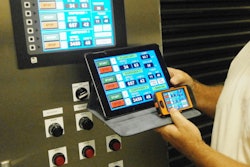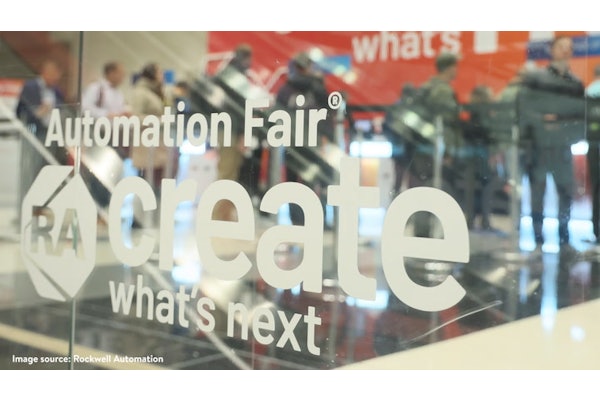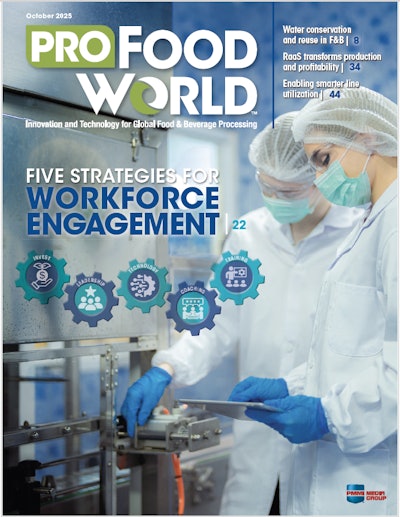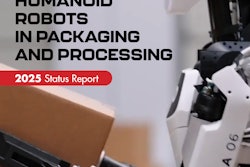According to attendees of the Top to Top Summit last week, there’s untapped potential for the human-machine interface (HMI) to improve productivity. That revelation came as a bit of a surprise, and there were definitely skeptics. But there was a clear belief that with some standards, consistency, and effort, HMIs could become a valuable resource and training tool that can keep operations running without interruption.
ProFood World was among those invited to this year’s Top to Top Summit: an exclusive, three-day networking event limited to top-level packaging and processing executives. It’s designed to spur discussion of current issues and future operational trends, as well as to foster dialogue and to develop solutions between users and suppliers of packaging and processing technologies.
While it’s easy enough to find the people and companies invited and taking part in the event, ProFood World was in attendance with the understanding that we would respect the confidentiality of the specific attendee thoughts so people felt free to speak their minds.
This year’s summit asked attendees for their input on how to improve operator training and how to avoid “the dip”—a reduced level of production that occurs once site acceptance test (SAT) has been completed and the OEM leaves, creating a knowledge gap with the new equipment. HMI played an important role in answering both questions.
The right stuff
Everyone at the summit agreed that not all subject matter experts (SMEs) were also good trainers. So, for as much as an OEM’s best might know the ins and outs of a piece of equipment, whether or not that knowledge could effectively be communicated to those who would be operating the machine is a gamble. This doesn’t even take into account the possibility of a language barrier.
It was suggested that having an HMI capable of offering training solutions or FAQs through video or step-by-step instructions—with proper translations, of course—would go a long way to supplementing a potentially poor training sequence. In an ideal world, the HMIs and training would all follow a standard that would speed up the process and create greater consistency from person to person.
Obviously, there’s the question of whether or not a standardized training regimen or HMI can even be created. While it’s clear that the end users of packaging and processing equipment want this, getting OEMs onboard who have their own proprietary systems to change to a uniform standard is a big ask. Given the enormity of that challenge, CPGs said that some sort of syllabus or anything that outlined training expectations would be appreciated.
Not all on the OEMs
To this point it probably sounds like the OEMs were being picked on, and it could seem that way to some. But the point the CPGs were trying to make was that the challenges they face because of today’s workforce issues means they’re looking at every possibility to simplify everything in their operations. And, to their credit, attendees identified their own areas for improvement.
Finding and involving people who would have a vested interest in the success of the equipment or line was first on the list. Both OEMs and CPGs said it was frustrating to train an operator only to have that person leave not long after. The trick was to find people who were going to stick around, which attendees generally agreed were people who had already been at a CPG for a while. Mixing “old hands” with the “new blood” seemed like the best approach.
Even with the right people, a commitment to training has to be made by a CPG. Food and beverage manufacturers need to come up with a plan or find a way to cope with training that takes an operator’s time away active operations. As great as digital tools are, the best learning takes place on the line, which means having operators out there from day one while the technicians are still around. Finally, simplicity is the best. Everything goes better for everyone if the idea of commonality is kept in mind. As great as new technology is, operators don’t necessarily care—they’d prefer to have an easy day and go home.
This isn’t the end of the story, though. The OpX Leadership Network, which puts on Top to Top, is currently in the process of creating work products that offer solutions to challenges like those discussed this year. These work products are developed through solutions groups and special task forces to create solutions focused on solving common operational challenges. To see some of the solutions OpX has already created and to get updates on the development of new work products, visit www.opxleadershipnetwork.org.




















